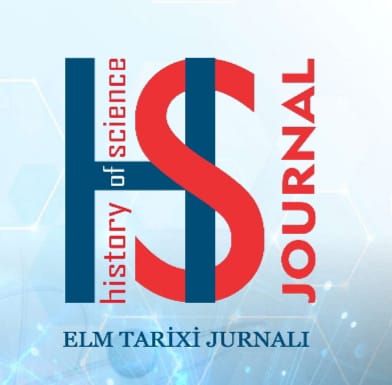Psycholinguistics has presented numerous theories explaining how a person acquires language, how they produce and comprehend written and spoken language. These theories are used in the field of language teaching. Some specialists use them as basic theories when formalizing language teaching methods. This is known as the psycholinguistic approach. The psycholinguistic approach views learning as a cognitive process that takes place within the individual and then transfers to the social sphere. As an approach, there are certain methods developed based on psycholinguistic theories, such as the natural method, the general physical reaction method, and the suggestopedia method. These methods apply psycholinguistic principles such as how an individual acquires their native or first language, learns a second or third language, comprehends a language, and does not produce it. Language comprehension refers to listening and reading, while language production refers to speaking and writing. Listening, reading, speaking, and writing are referred to as the four language skills. Psycholinguistics specifically helps to understand the internal and external difficulties of these four skills. Psycholinguistics helps explain the errors that occur in the acquisition of any language. In addition, psycholinguistics identifies certain brain disorders, such as agraphia and aphasia, that affect language learning performance and require appropriate treatment. Psycholinguistics helps teachers pay attention to the use of adequate methods for teaching the four language skills.

